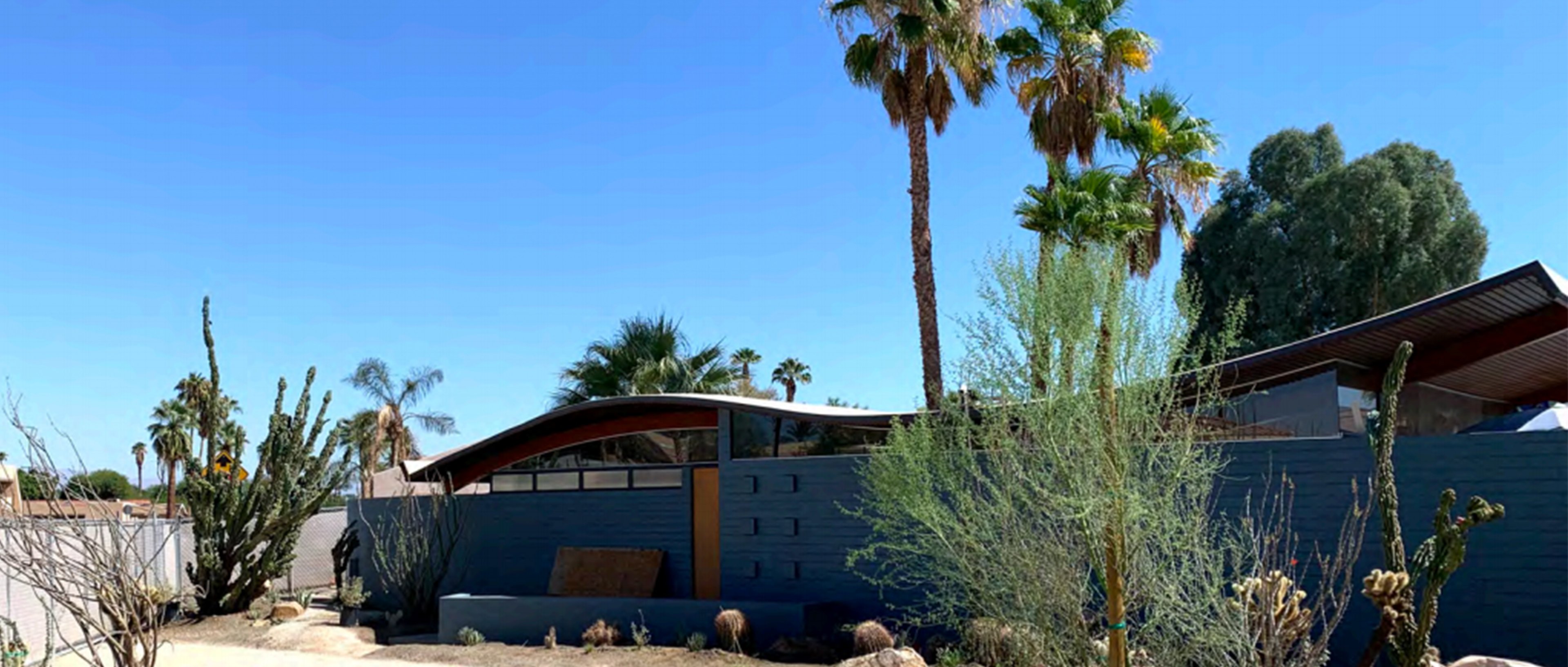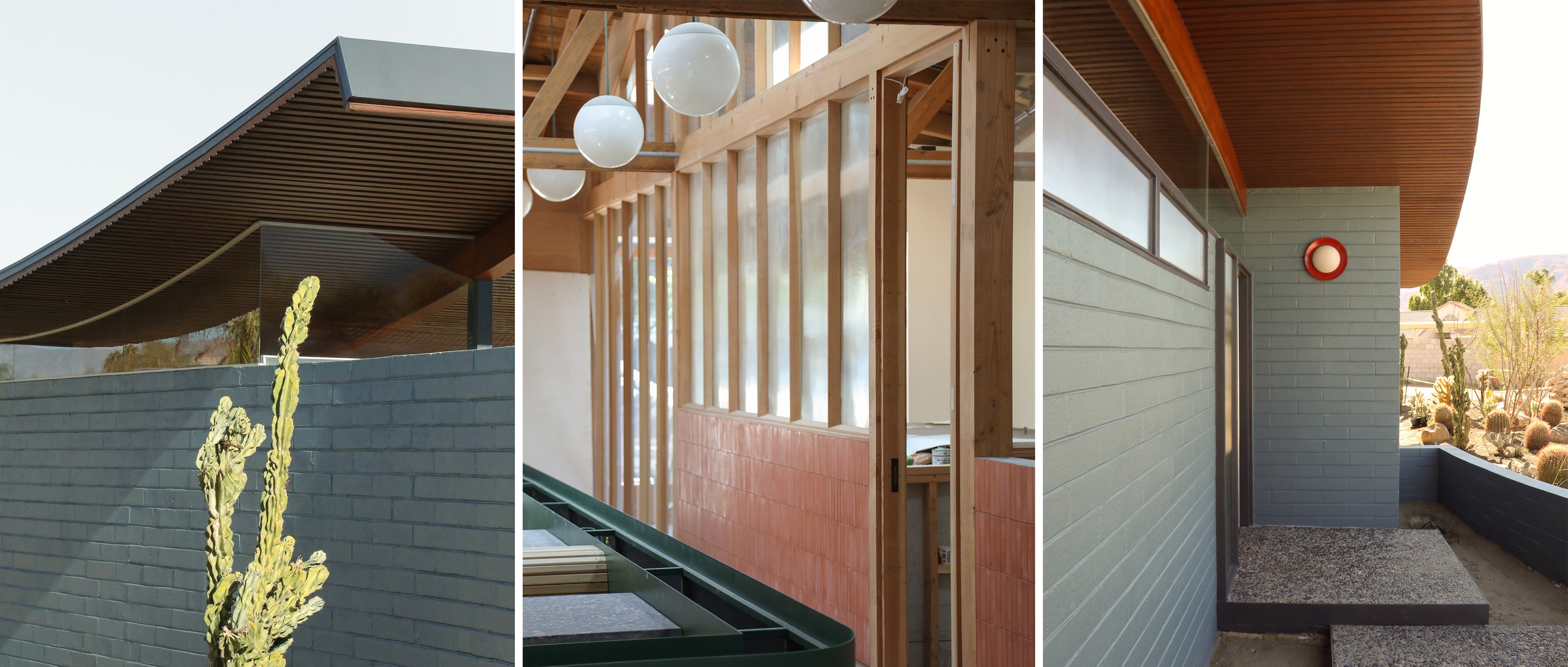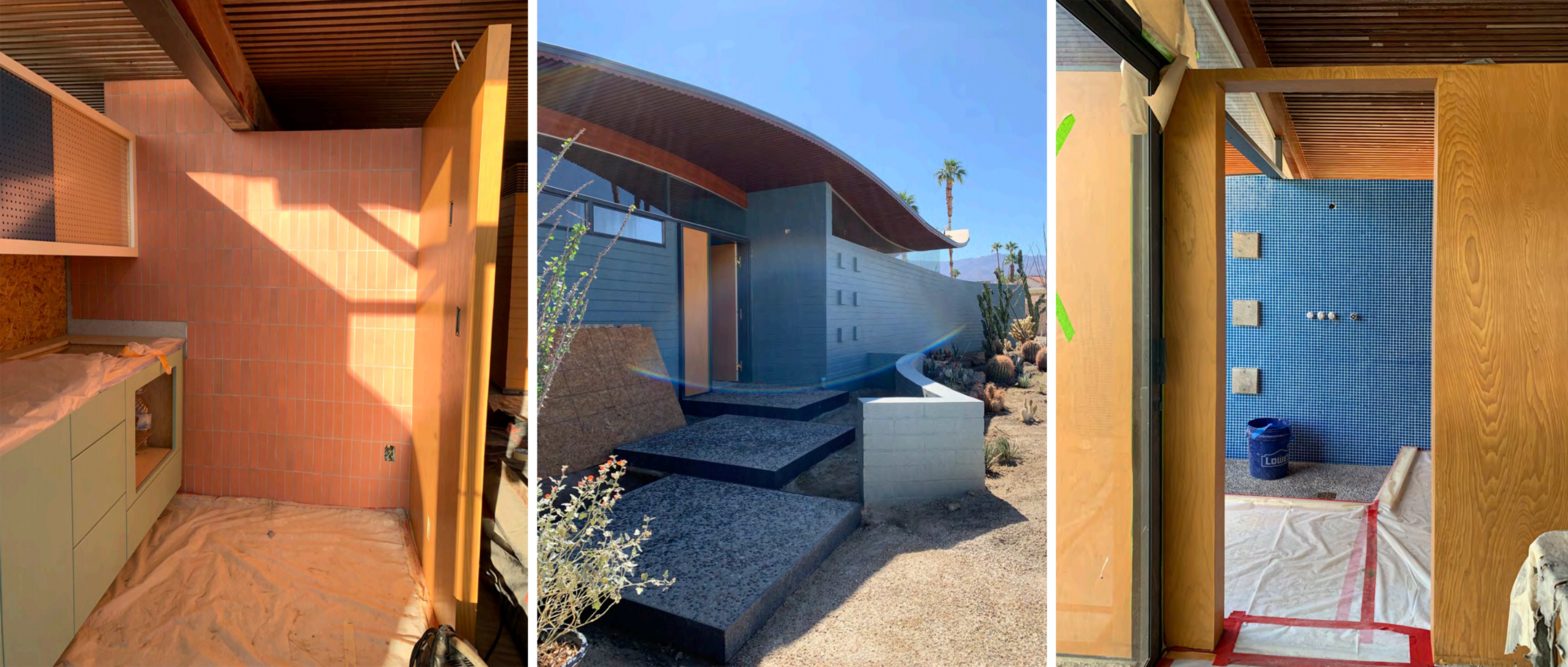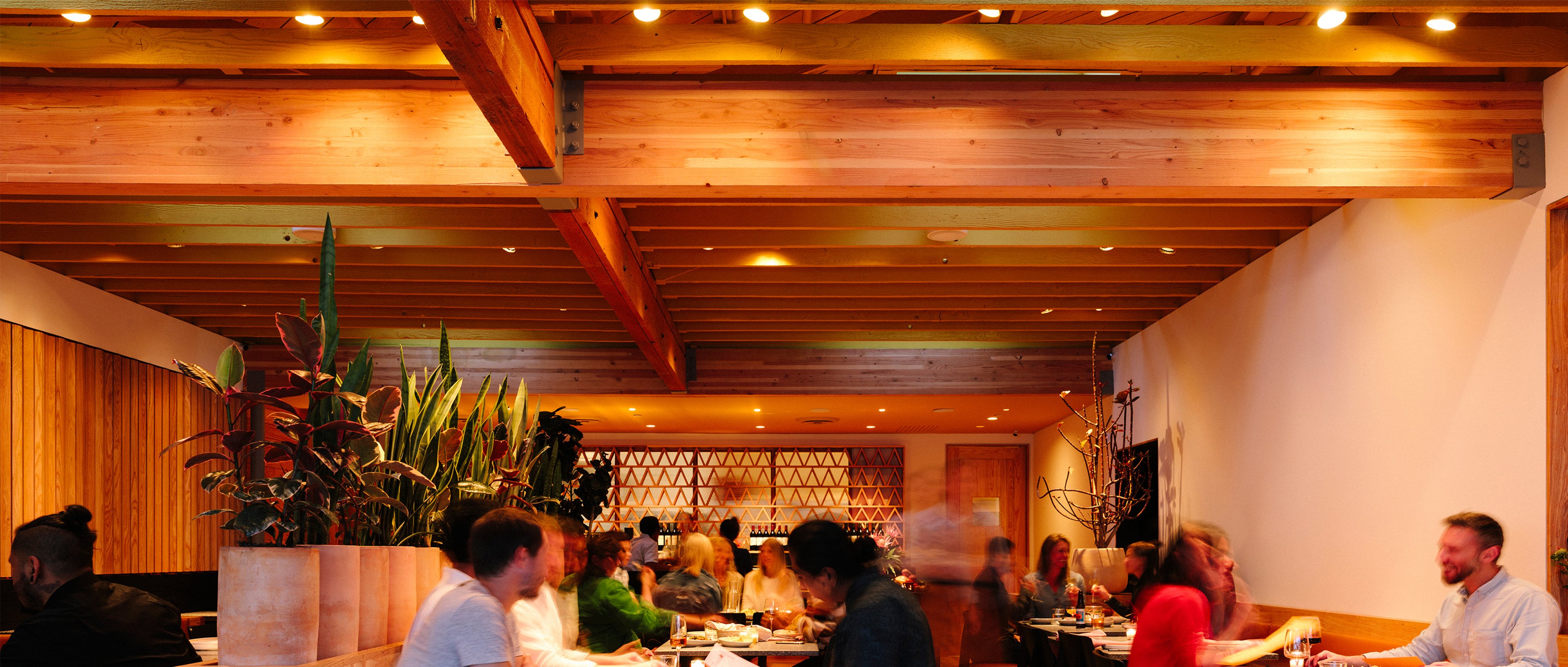Based in LA but with projects spanning the globe, Stayner Architects has made a name for itself by delivering on projects that others might consider impossible. Leveraging two generations of architectural experience, the Stayner firm thrives on handling challenging sites and navigating sensitive cultural and political dynamics in the pursuit of creating spaces that inspire and delight.
We recently connected with firm principal Christian Stayner, who graciously shared his own journey in the field — and some of the insights he’s gained along the way

Miles C. Bates House, Palm Desert, California.
1. What drew you to the field of architecture and design?
My father had an architecture practice in Southern California since the early ‘70s, and he and my mother designed and developed projects together, so I’m actually the second generation within the discipline. That means the seed was planted gestationally, I suppose. I spent much of my childhood on construction sites, and many hours of my youth in the office around the ammonia smell of blueprint machines and the swooshing sound of maylines other now-defunct architectural equipment. An interest in design and construction grew very naturally.
2. Let’s talk about your partnership with your father— what does that look like?
Our firm operates intentionally opposite to the trend of architecture away from engagement in the messy realities of construction, in that we try to blur the separation between design and building and development. All our architectural staff are also engaged with construction projects as well. We view those as mutually-reinforcing activities. When possible, we prefer to keep them part of one practice as opposed to handing our design work over to someone else to figure out how to build. I run the day-to-day operations of the architectural practice and our general construction arm, while my father is involved in some of the development work where we encounter daily and first-hand, the financial and physical realities of our design decisions.
Ketra has helped us think about lighting not as a static condition, but as something that gives us the ability to architecturally address the passing of time — such as one color transitioning to another, or the light levels going up and down according to different conditions throughout the day. That’s incredibly exciting.
3. What are you working on right now?
We’ve got a lot of projects nearing completion right now, but we’re excited about a coworking space we’ve been developing in Echo Park. It’s a neighborhood-oriented project — there’s really nothing like it available in the area. That’s how we got introduced to Ketra. We were frustrated trying to sort through all the LED driver options and successfully matching them to the available dimming systems.
When we first encountered Ketra, they were only producing an A20-shape replacement bulb. Our coworking project grew alongside Ketra’s expanding offerings — we added an Italian restaurant, as well as a wine bar/shop — and those three projects will finish in the next couple of months. We also have a National Historic Places project in the Coachella Valley: the Miles C. Bates house. It’s an experimental dwelling that was built in 1955, with a dramatic, roller-coaster shaped wooden roof that earned it the nickname the “Wave House”. We are restoring it within the Secretary of the Interior's Standards, so it’s both meticulous and very historically rigorous. The house will be part of a small hotel and events space with additional structures by Stayner Architects.

Stayner Architects are restoring this unique dwelling originally built in 1955.
4. How do you approach light in your firm’s projects?
We are not lighting designers and don’t pretend to be, but we are architects interested in light as one piece of the palette of materials and techniques that we have to produce architectural space and experience for occupants. Every architect cares about light, but right now there seems to be an industry-wide obsession with natural light at the expense of artificial light. As a result, the lighting package gets left for a sales rep to select the highest-margin items from their linesheet, or default lighting specifications get adopted from one project to the next. At Stayner Architects, we spend more time thinking through this than most developers are willing, or able, to do.
For example, we’ve been looking at historic lighting for our project in the Coachella Valley. Although it's exempt from CA Title 24 due to its historic status, we’ve tried to understand what light quality would have been in 1955 when it was built — the color temperatures, light spread, etc. We have had lots of intense discussions about restoration of the physical aspects (i.e., using the right paint removal system for the original wood, whether a toilet is consistent with what would have been used, and so on). But to us, part of those discussions is questions like, “How do you replicate what the light levels and light quality would have been back then?” You see people uplighting historic buildings as if that’s important or how they originally looked. But when they were built, there was no artificial light — or it was used in a different, more restrained way. So we use technology like color-tunable LED lighting to help us simulate those tungsten or fluorescent lights. To be honest, LEDs were a bummer 8-10 years ago — the dinginess of the color rendition of the early lights was really unfortunate. Now, though, there are so many exciting possibilities with how much control you can have, from dimming to color and saturation.

Miles C. Bates house in Palm Desert, California under construction.
5. How has Ketra changed how you work with light?
We created a truly unique restaurant space recently, Tamarindo, in which we used all Ketra lighting, and we did a lot of the programming ourselves. Ketra provided a great installation, implementing the initial setup of California Title 24-related sensors and the overall architecture of the lighting controls. Then we went in and did the adjusting and control over the time-based aspects ourselves. Part of what we loved is that Ketra has made the gap between architectural lighting and theatrical lighting much less significant. That meant thinking about light quality not as a static condition, which is how many architects tend to think about light. One of the big opportunities we discovered in working with Ketra was how much potential we had to architecturally address the passing of time — such as one color transitioning to another, or the light levels going up and down according to different conditions throughout the day. That’s incredibly exciting. And the programming is understandable enough that it offers a great opportunity for architects to have direct involvement in lighting design — rather than the complex technologies and specifications that have traditionally produced a layer of separation.

Tamarindo Restaurant in San Clementine, CA. Stayner Architects served as not only the architect, but general contractor, lighting designer and custom integrator.
6. Where should we go to experience more of your work / your favorite projects?
That’s a great question! Over the last half-century our office has completed hundreds of projects, mostly in Southern California. Our most recent work would be the Echo Park Workspace in LA, and Tamarindo in San Clemente. The Wave House in Palm Desert is also getting tons of press. It will be unveiled this winter during Modernism Week, as an example of how to bring life back to an existing structure.
Want to learn more about Stayner Architects’ unique approach to their work and the results it brings? Take a look at this case study for San Clemente restaurant, Tamarindo — and see just how well their firm’s focus on keeping it in the family plays out beautifully in scale.
24/7 Technical Support:
1-844-LUTRON1 (588-7661)
lightingsupport@lutron.com
Customer Service:
Monday-Friday 8am- 5pm EST
1-844-LUTRON1 (588-7661)
The Ketra logo, Ketra, TruBeam, Color Lock, and Calibration360 are trademarks or registered trademarks of Lutron Electronics Co., Inc. in the US and/or other countries.
©2025 Lutron Electronics Co., Inc. All rights reserved.
Get inspired with all the best from Lutron and Ketra: exclusive news, project features, and more.